Does the market really need another energy drink? Before late 2022, we would have said no... until we learned about enfinity paraxanthine, introduced to the world in Episode #072 of the PricePlow Podcast. Shortly after its introduction, the naturally-sweetened UPDATE energy drink formula was released containing the novel caffeine replacement ingredient.
This is a seriously impressive drink, which is no doubt why such health and wellness heavy-hitters like Ben Greenfield have signed onto its official endorsements.
Update Energy: An Alternative Energy Source with enfinity
Why is it such a big deal? Besides a smart overall ingredient selection, enfinity is the main attraction here. If the overwhelmingly positive feedback pouring in from consumers is any indication, this new-and-improved stimulant is set to take the industry by storm, stealing some of caffeine's thunder with a smoother experience.
In case you missed it, we covered enfinity in a major article titled "Paraxanthine: Caffeine's Major Metabolite for Laser-Targeted Energy", which also announced TSI Group as the new global distributor of the ingredient.
Interested to see how it works in the context of UPDATE? Read on, but first, check the PricePlow news and deals:
Update Energy Drink – Deals and Price Drop Alerts
Get Price Alerts
No spam, no scams.
Disclosure: PricePlow relies on pricing from stores with which we have a business relationship. We work hard to keep pricing current, but you may find a better offer.
Posts are sponsored in part by the retailers and/or brands listed on this page.
This area is reserved for Team PricePlow's upcoming videos.
Subscribe to our channel and sign up for notifications so you catch it when it goes live!
Update Energy Drink Ingredients
Here's what's in the UPDATE energy drink:
-
Paraxanthine (enfinity) – 300 mg
Here it is, the headliner ingredient in update: enfinity brand paraxanthine.
enfinity is a trademarked and patent-pending ingredient, developed and marketed by Ingenious Ingredients (ING2), sold and distributed by TSI Group, and synthesized at the well-respected, state-of-the-art NNB Nutrition manufacturing facility.
In a nutshell, paraxanthine is a new-and-improved caffeine, that's actually caffeine's primary metabolite. You're probably familiar with the impressive ergogenic effects of caffeine, which are rooted in its ability to crank up cellular metabolism[1,2] by upregulating cyclic adenosine monophosphate (cAMP) through inhibition of the phosphodiesterase enzyme.[3,4]
There's just one big problem with caffeine – individual tolerance varies a lot, and the tolerance build-up and side effects can start to get nasty over time. Because of this, supplement formulators are actually moving away from large doses in their flagship products.
Fortunately for us, paraxanthine works as an amazing replacement that brings all the upside of caffeine, with little to none of the downside. To understand how this is possible, we need to spend some time talking about the specifics of why caffeine tolerance can be so different from person to person.
Caffeine isn't just caffeine... dealing with the other metabolites
When caffeine is ingested, it travels to your liver where it's metabolized into one of three derivatives. Here they are, in order of most to least predominant:
- Paraxanthine
- Theobromine
- Theophylline
As it turns out, each one of these three compounds has very different effects on human physiology, and when it comes to the benefits of caffeine, paraxanthine seems to be the metabolite most responsible. However, the other two metabolites have long half-lives that cause a myriad of issues, especially amongst slow metabolizers.
Paraxanthine is the primary metabolite of caffeine, providing most of caffeine's beneficial effects. Now you can take it directly with enfinity!
Studies show that paraxanthine can, just like caffeine, increase the body's rate of fat burning[5] while decreasing fatigue through adenosine inhibition[6] and upregulating dopamine.[7]
In fact, paraxanthine seems to be better than caffeine in several respects. For example, it's been shown to be more effective at antagonizing adenosine, improving psychomotor acuity, and increasing cognitive performance, including in reaction time and mental accuracy tests.[8,9]
Paraxanthine also seems to be better than caffeine when it comes to increasing muscle protein synthesis, strength, and athletic endurance.[10]
How can this be? It comes down to chemical half-life. The average half-life of caffeine is about 4.1 hours, with a wide range of individual variance.[11] The half-lives of theobromine and theophylline, though, are much longer – 6.2 hours and 7.2 hours on average.[11]
The reason this matters is that all three metabolites, just like caffeine, are stimulants. So when theobromine and theophylline hang out in your blood at significant concentrations for half the day, it can easily disrupt sleep and cause other negative side effects. The lingering effects of theobromine and theophylline are what seem to cause problems for most caffeine-sensitive individuals.
By taking paraxanthine, which has a half life of merely 3.1 hours,[11] we can get those stimulant benefits in a much shorter time window. This allows for more targeted use. And remember, paraxanthine is actually better at promoting wakefulness than caffeine, theobromine, or theophylline.[12]
Caffeine, theobromine, and theophylline: half-life issues for "slow metabolizers"
Recent studies affirm what many have observed firsthand: Individual responses to caffeine vary based on genotype.[13,14] While some can consume a daily pot of coffee without issue, others find a cup or two in the morning keeps them energized all day. We can categorize caffeine users into slow, medium, and fast metabolizers with the two alleles governing the activity of the liver enzymes responsible for eliminating caffeine from the body—RR, Rr, or rr.
We could call RR the fast metabolizers, Rr the medium metabolizers, and rr the slow metabolizers. It then becomes evident that theobromine and theophylline, with longer half-lives than caffeine and paraxanthine, pose serious challenges for slow metabolizers. Remember, the figures of 6.2 and 7.2 hours we quoted above are averages. For slow metabolizers, they're even longer.
The use of paraxanthine, with its shorter half-life, offers a possible solution to this issue – but individual tolerance does still vary.
Read our Ultimate Paraxanthine Guide!
MuscleTech's Raza Bashir and Ingenious Ingredients (and NNB Nutrition CSO) Shawn Wells join the PricePlow Podcast for Episode #072 to talk about MuscleTech's new iQ Series launch, using enfinity Paraxanthine!
Want to learn more about this amazing innovative ingredient? Check out our main paraxanthine article and Episode #072 of the PricePlow Podcast, where we get into the entire backstory and further into the science.
Update Energy Drink isn't even close to being done yet, though -- now it's time to amp up the focus even more.
-
N-Acetyl L-Tyrosine
Tyrosine is a precursor to important neurotransmitters like dopamine, adrenaline, and noradrenaline.[15-17] These catecholamines play an indispensable role in producing mental clarity, focus, and motivation. Adrenaline and noradrenaline can also help support fat loss, by increasing lipolysis.[18]
Because of this, we see L-tyrosine in numerous cognitive-boosting nootropics and pre-workout supplements, but in energy drinks, the N-Acetyl L-Tyrosine form is more soluble.
L-Tyrosine can also benefit general health as a precursor to thyroid hormones triiodothyronine (T3) and thyroxine (T4).[19,20] Optimal thyroid function is incredibly important under any circumstances, but if you're physically active, take note – both exercise[19,20] and caloric restriction[21] can down-regulate thyroid function.
The ultimate sleep deprivation supplement?
We all try to practice good sleep hygiene, but let's be honest – it doesn't always work out, which is a huge reason for energy drink consumption. And as it turns out, tyrosine could be the champion supplement for dealing with the negative effects of sleep deprivation. According to research carried out by the U.S. military, tyrosine is, at a minimum, better than caffeine – yes, you read that correctly – at reversing sleep-deprivation-induced cognitive deficits.[22,23]
-
Taurine
Taurine is a mainstay energy drink ingredient, and it's obvious why. This is one of our all-around favorite ingredients and it seems to do quite a bit of everything – ergogenic aid, nootropic, and fat burner — but without any stimulant effects.
In fact, taurine is a great complement to stimulants like paraxanthine.
Improves cellular hydration
The key to understanding taurine's ergogenic effects is its status as an osmolyte. Osmolytes are substances that affect the behavior of biological fluids. Taurine does this by manipulating the osmotic pressure around your body's cells, naturally drawing a higher-than-usual quantity of water into your cells. This produces a state called cellular hyperhydration.[24]
With that extra water comes some important performance-related benefits, ranging from better access to water-soluble nutrients to improved metabolic waste removal and increased resilience in the face of heat stress.[25]
Cellular hyperhydration enables your cells to work more efficiently, and over longer durations, leading to boosts in aerobic and anaerobic endurance alike. A 2018 meta-analysis on taurine found that a single 1-gram dose taken immediately before exercise can substantially increase athletic endurance.[26]
We don't know exactly how much taurine is in UPDATE, but we'd lay odds that it's at least 1 gram. This has been the standard dose for decades, especially in energy drinks.
Taurine can also help facilitate electrolyte function in muscle cells,[27] and can decrease the incidence of muscle cramps.[28]
Cognitive benefits
Taurine has significant antioxidant effects,[29,30] particularly when it comes to mitochondria. One study concluded that taurine can help defend " pathologies associated with mitochondrial defects, such as aging, mitochondrial diseases, metabolic syndrome, cancer, cardiovascular diseases, and neurological disorders."[31]
Taurine is GABAergic, which means that it has a calming, inhibitory effect on neurons like the neurotransmitter gamma aminobutyric acid (GABA). GABAergic compounds like taurine can have anti-anxiety effects,[32] and taurine specifically can decrease neural inflammation.[33] It's also dopaminergic, helping support the health and function of your all-important dopamine-producing neurons.[34,35]
Taurine can stimulate mitochondrial biogenesis – the birth of new mitochondria – in brain cells.[31]
Summing all of this up in a word, taurine is neuroprotective. It makes perfect sense to include this in energy drink formulas, which are typically geared toward people who are dealing with some kind of acute stress – and, as it turns out, taurine is anti-hypertensive[29] as well.
Helps burn fat
Taurine can induce the browning of fat,[36] which is important because brown fat is more mitochondrial-dense and metabolically active!
But wait – there's more! Taurine can even help you stay lean, as it's been shown to convert metabolically inactive white adipose tissue (WAT) to metabolically active brown adipose tissue (BAT).[37,38] WAT and BAT are your body's two types of stored fat, and what we mean by BAT being metabolically active is that it burns calories as heat in a process called non-shivering thermogenesis (NST).
The more BAT you have, the more calories you can potentially burn in a day.[36] And because BAT burns glucose and fatty acids alike, BAT activity (typically triggered by cold exposure) can improve glycemic control and serum cholesterol.[39]
-
Malic Acid
While it's here for the flavor system, malic acid (aka malate) may provide some benefits as well, since it participates in the Krebs cycle, your cells' main energy production pathway.[40]
Research indicates that supplemental malic acid can significantly improve cellular aerobic respiration, particularly in exercising muscle[41] – perfect if you're planning to pound some UPDATE before your toughest workouts.
-
Citric Acid
Same as with malic acid, the antioxidant citric acid is in this formula primarily to act as a natural preservative,[42] but it's worth mentioning that it participates in the Krebs cycle[43] and appears to enhance mineral bioavailability as well.[44,45]
-
Alpha-GPC
Alpha-GPC is a specific form of choline, an essential B vitamin required for constructing and maintaining the phospholipid bilayer membranes that delineate the boundaries of your body's cells.[46] Choline also plays a crucial role in the intercellular signaling functions of these membranes.[46]
Choline is a precursor to acetylcholine, a neurotransmitter pivotal for orchestrating the brain's learning functions.[47] Elevating acetylcholine levels through choline supplementation can markedly enhance multiple dimensions of cognitive performance, with a notable emphasis on memory consolidation, the process by which your brain transforms short-term memories into long-term ones.[48,49]
Alpha-GPC is an effective form of choline for brain boosting, thanks to its ability to cross the blood-brain barrier[50] more effectively than ordinary choline.
-
L-Theanine
L-theanine is a naturally occurring amino acid in tea leaves. It serves as a neurotransmitter in the brain, inducing relaxing and anti-anxiety effects without sedation.[51-54]
Particularly noteworthy for coffee or tea enthusiasts – or consumers of UPDATE – L-theanine exhibits a synergistic effect with caffeine. Research indicates that the combination enhances reaction times, improves working memory, and increases alertness in subjects, making it an intriguing consideration for those seeking cognitive benefits.[53] If anxiety issues are a concern, it may be worth exploring a balance between L-theanine and caffeine intake.
Of course, we haven't seen any studies on theanine and paraxanthine yet, but we wouldn't be surprised if the synergy holds.
-
Vitamin B-12 (methylcobalamin)
Methylcobalamin, a variant of vitamin B12 that contains methyl groups, is preferable to the more economical cyanocobalamin – unlike the latter, the former is capable of donating its methyl groups to cells engaged in diverse metabolic processes.[55]
Red blood cell synthesis is contingent upon an adequate supply of B12, and deficiency in this nutrient can lead to megaloblastic anemia,[56,57] which is characterized by an increase in the size of red blood cells and a decrease in their quantity, producing an overall decline in aerobic capacity.
While there is conflicting evidence regarding the ability of vitamin B12 to enhance energy levels in individuals who aren't deficient, even mild deficiencies can induce fatigue.[58] Thus, it is imperative to avoid B12 deficiency for overall well-being.
Flavors Available:
The following list will stay up to date with what PricePlow has found:
Update: An Updated kind of energy drink
UPDATE is the next-gen energy drink. It's cool to see an old tried-and-true standby like taurine, which we think is definitely coming up as well, next to a quantum-leap ingredient like paraxanthine.
Overall, this formula has a significant nootropic emphasis, which we think is perfect for most consumers in our increasingly brain power-driven world.
Update Energy Drink – Deals and Price Drop Alerts
Get Price Alerts
No spam, no scams.
Disclosure: PricePlow relies on pricing from stores with which we have a business relationship. We work hard to keep pricing current, but you may find a better offer.
Posts are sponsored in part by the retailers and/or brands listed on this page.
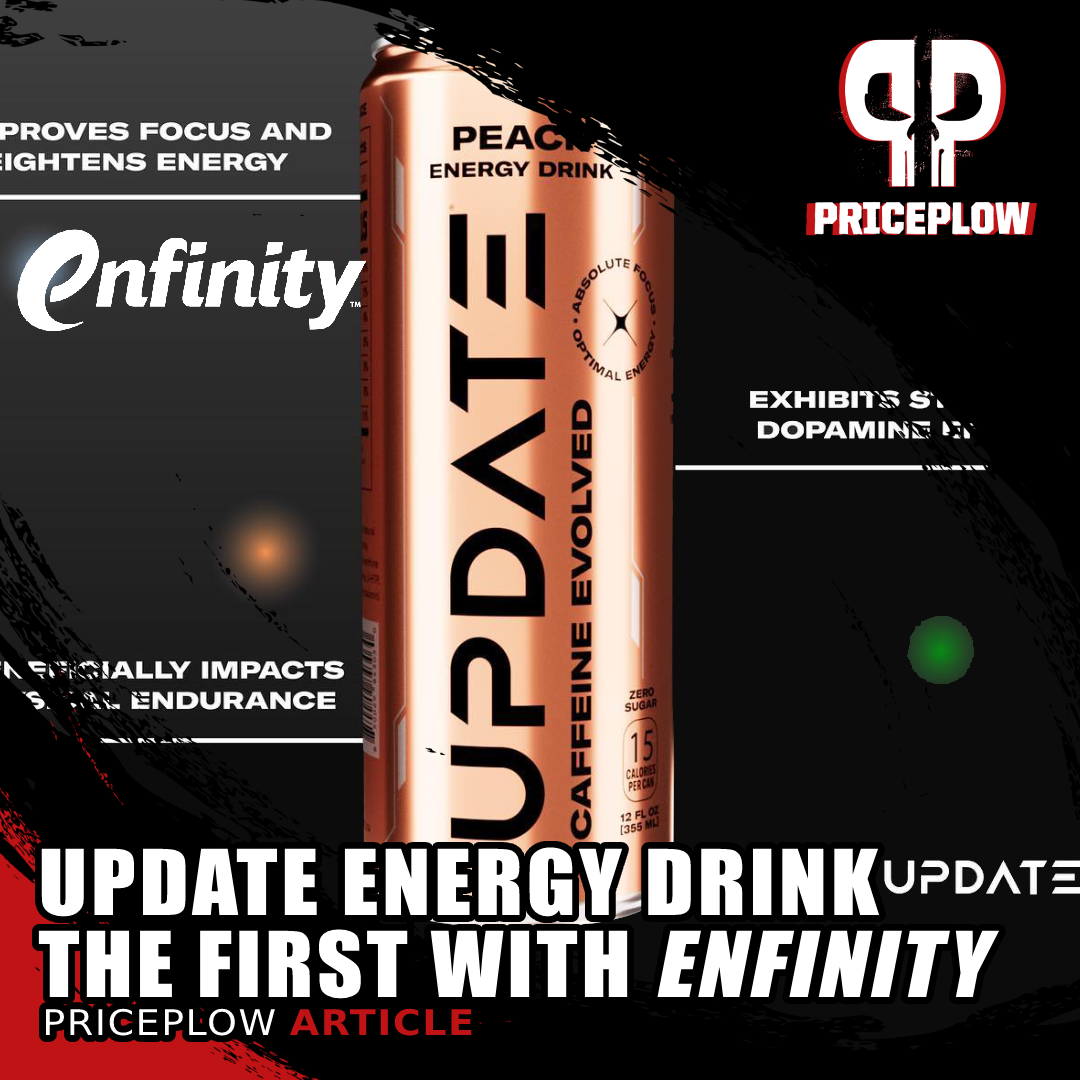
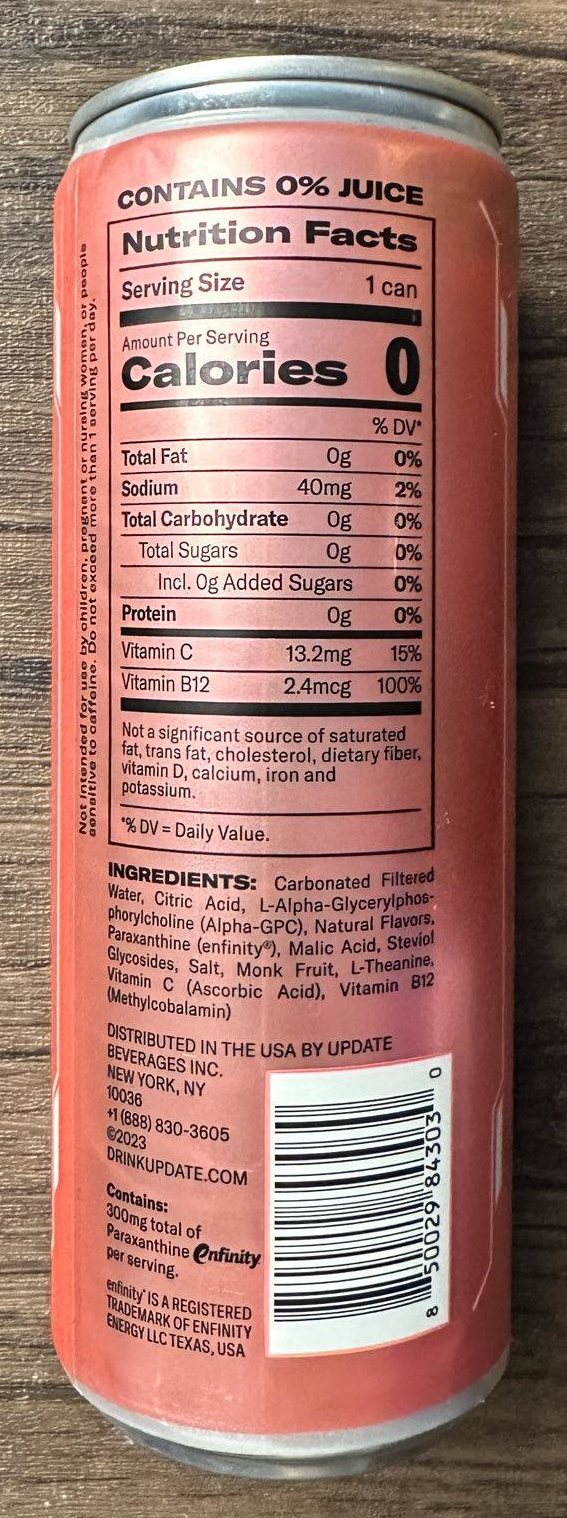
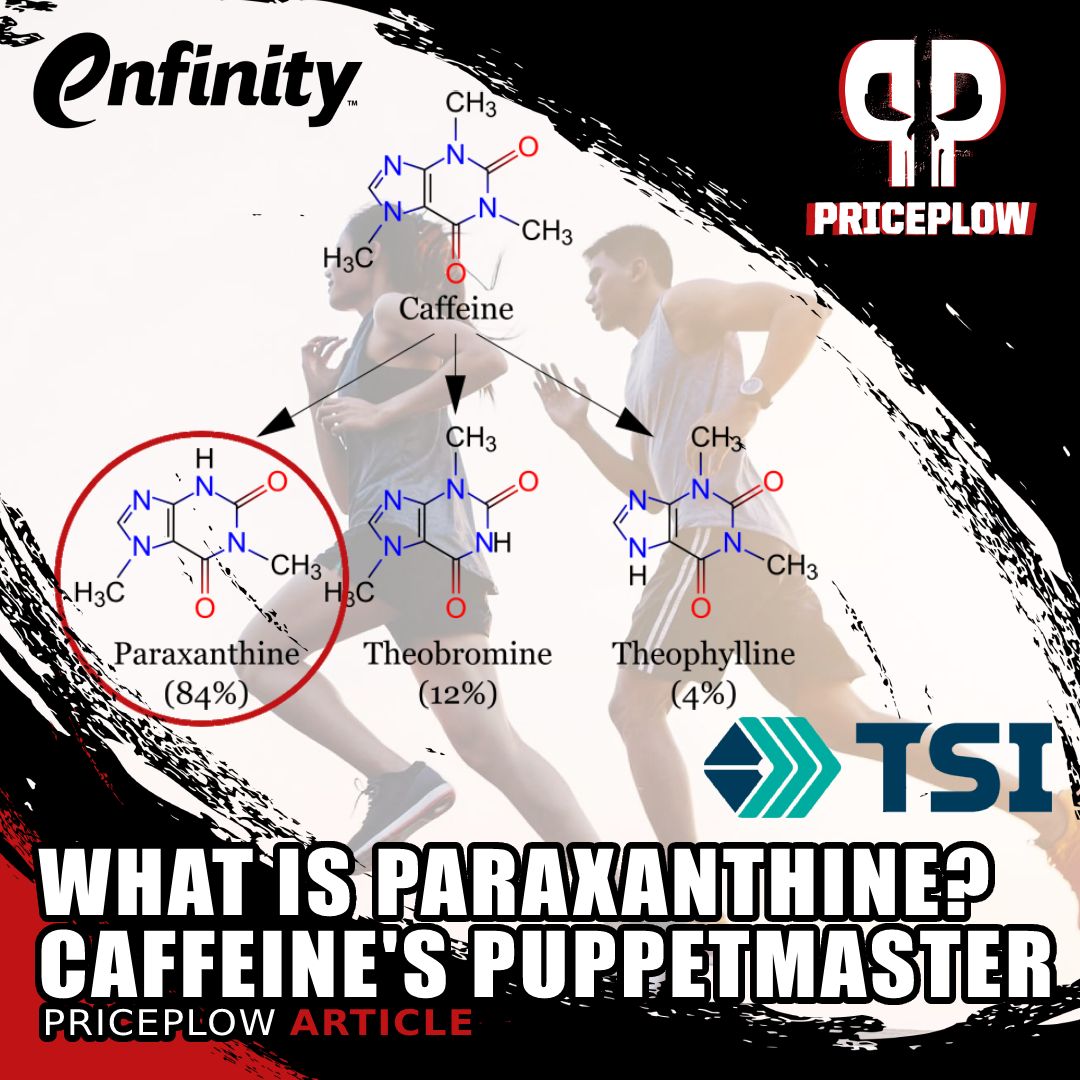
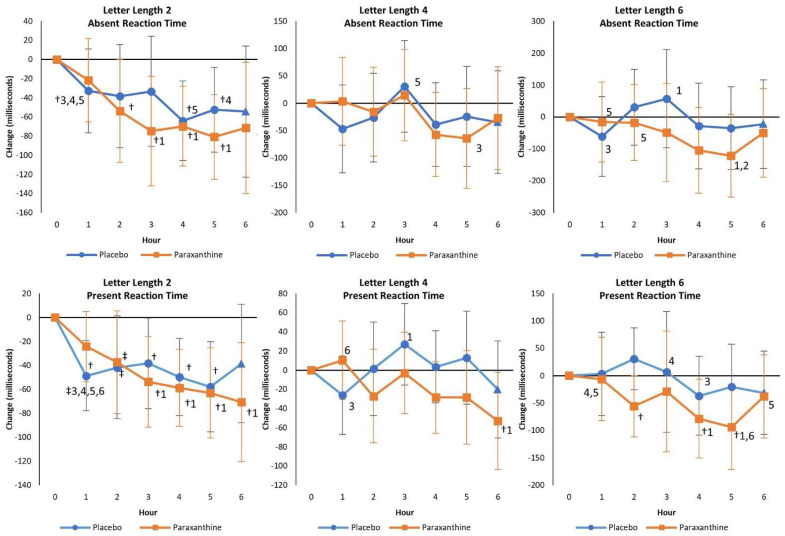
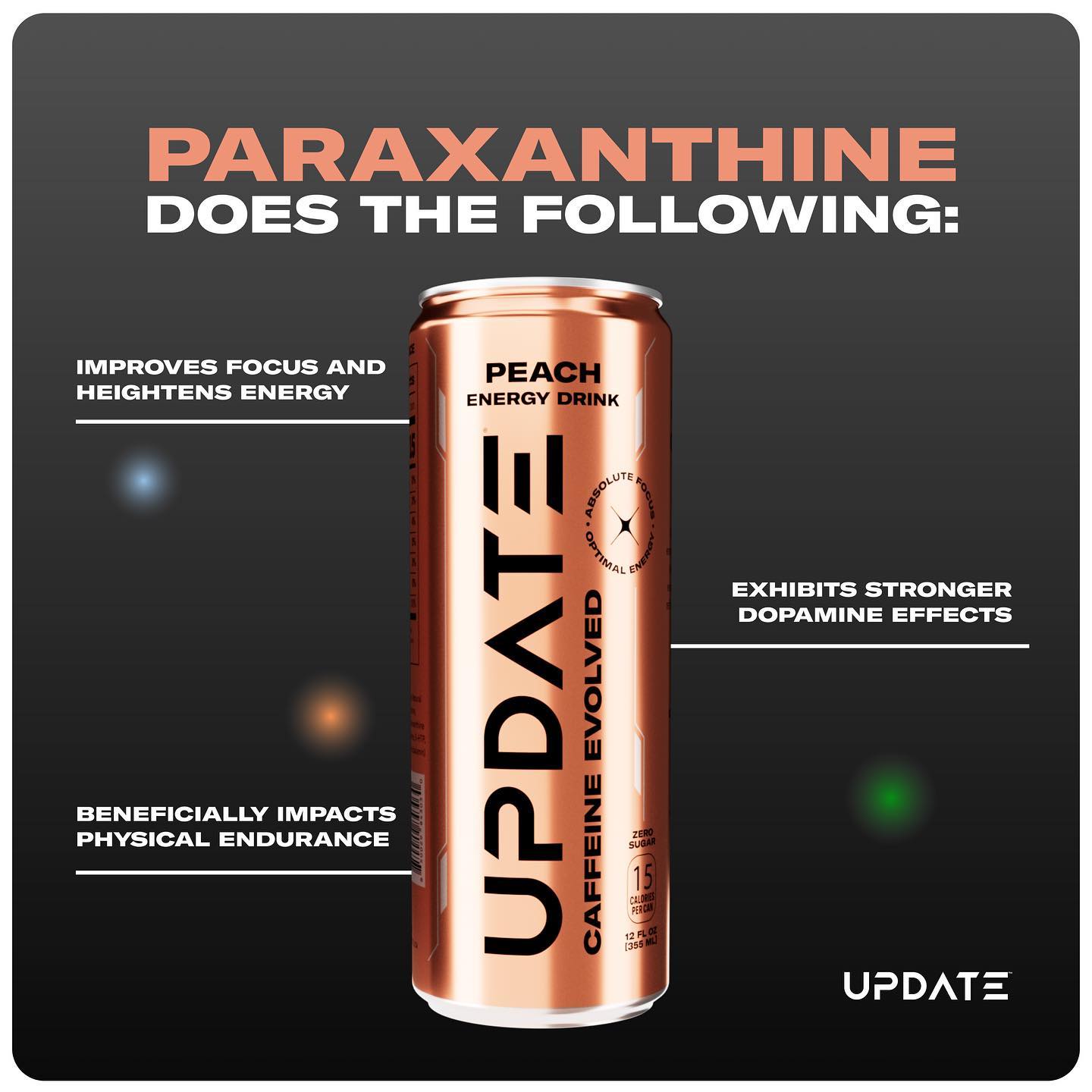

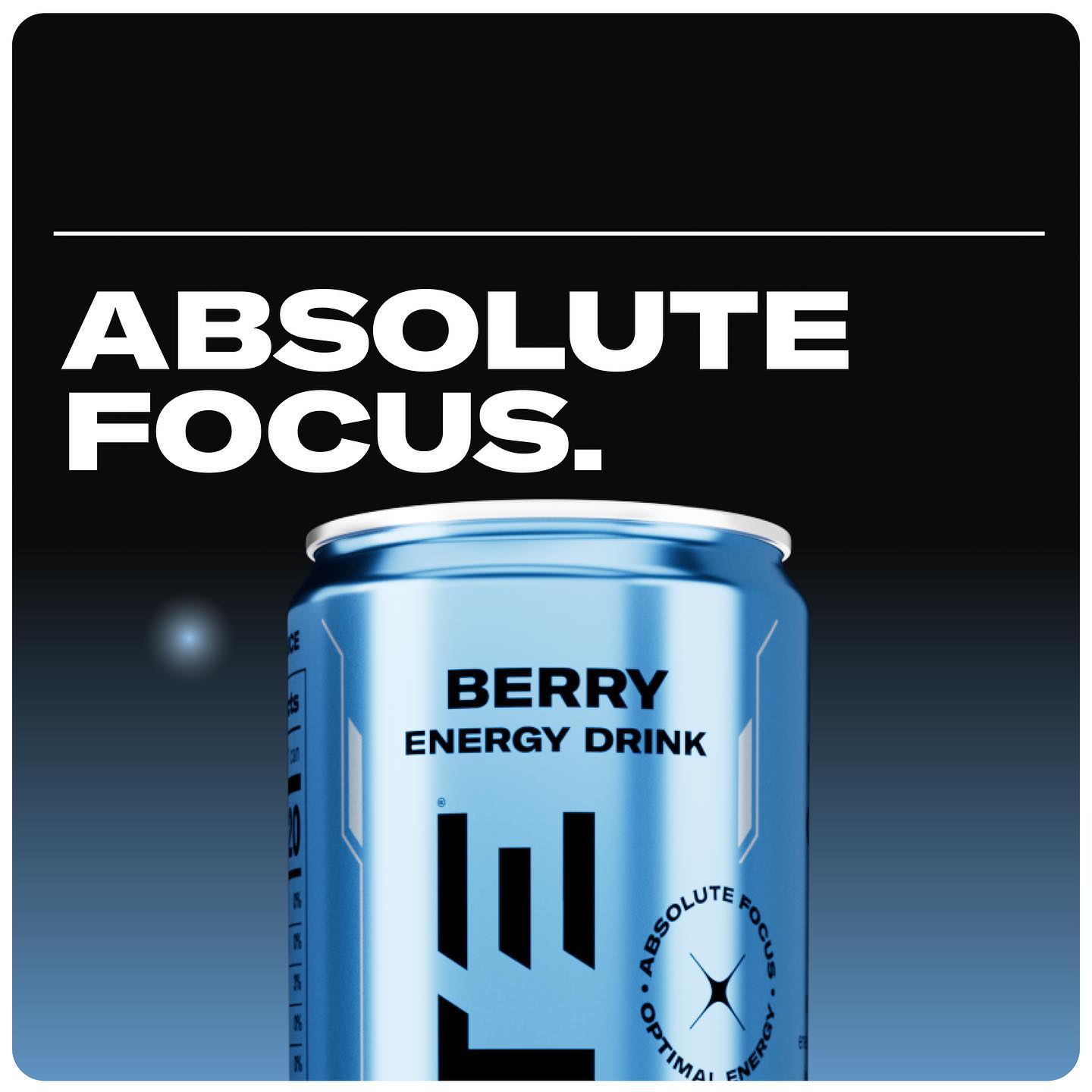
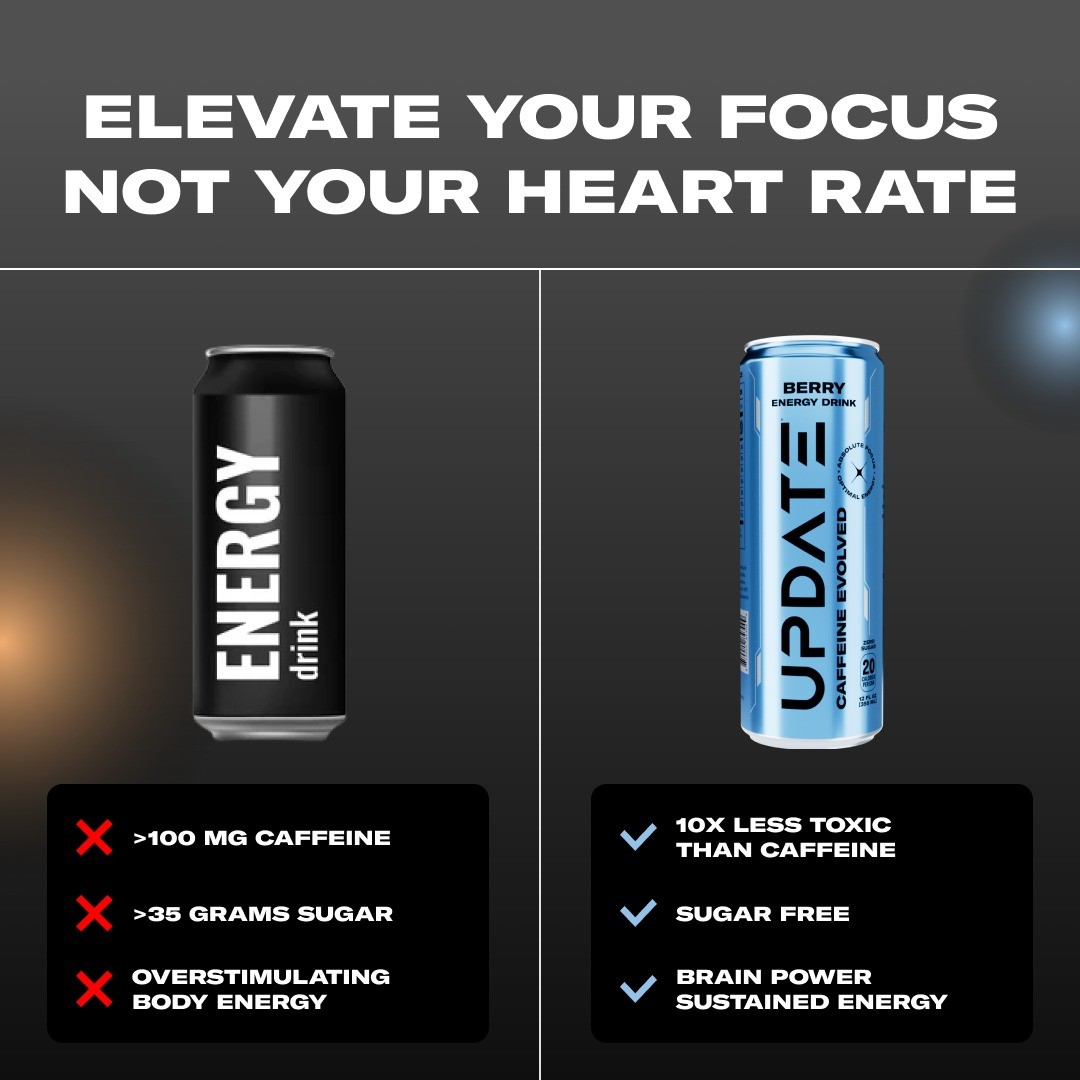
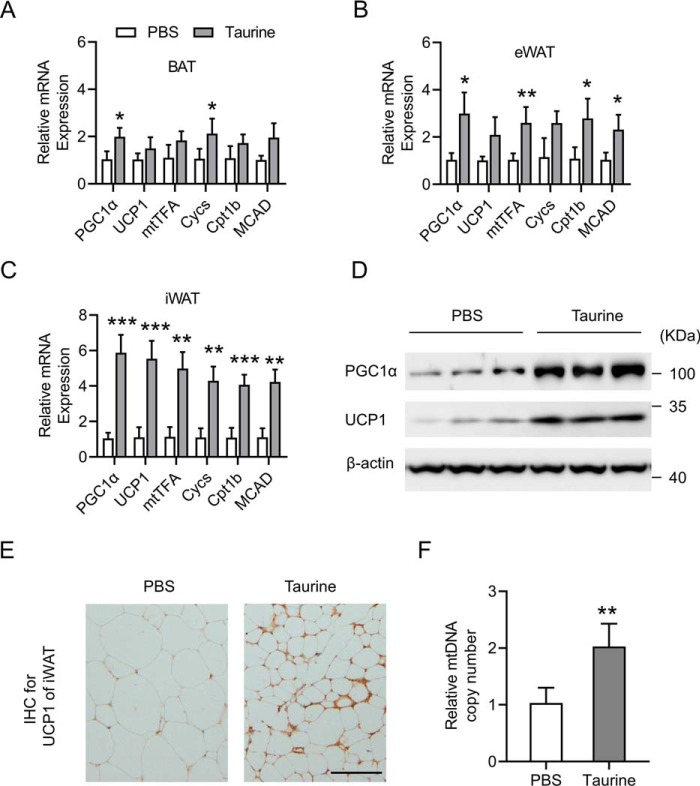
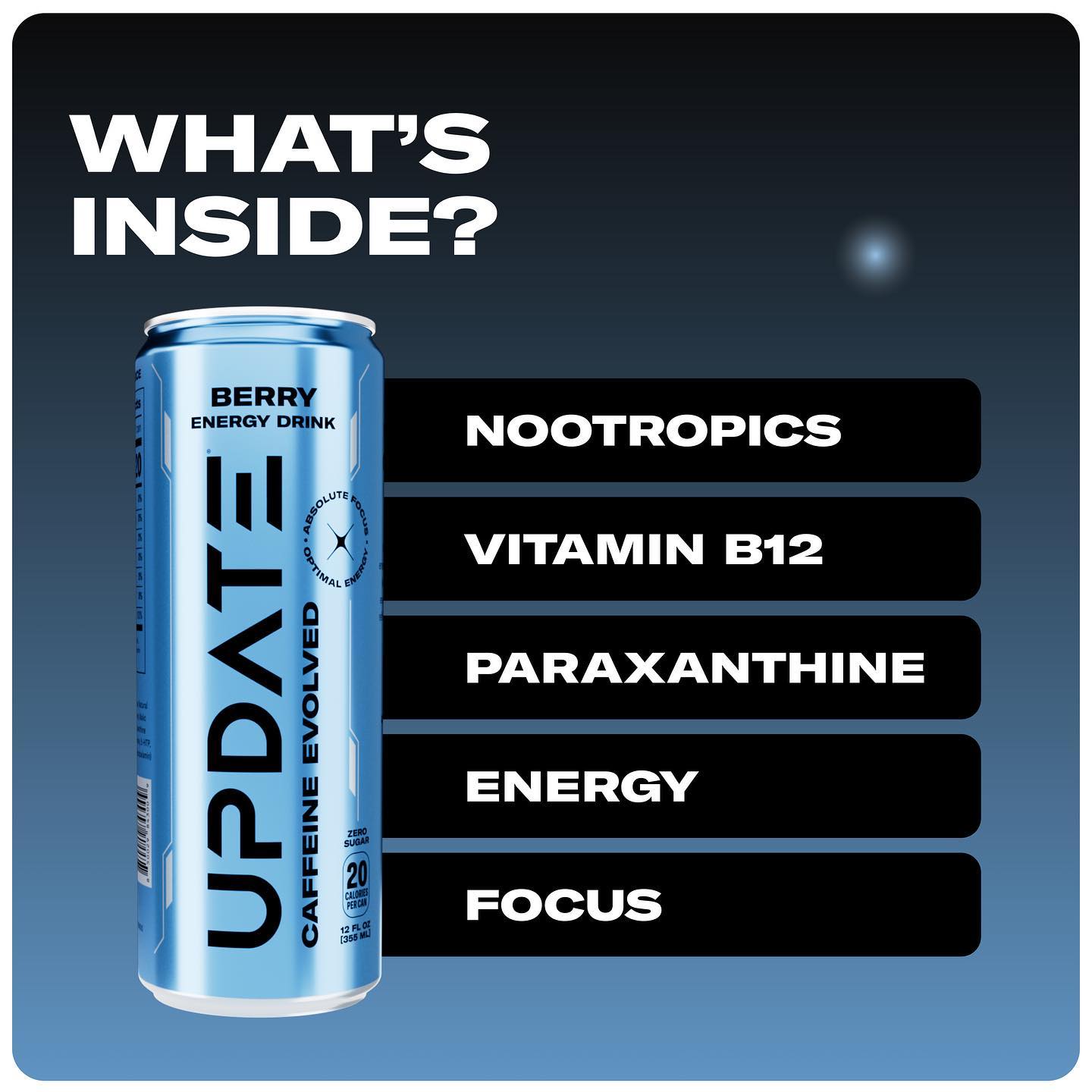

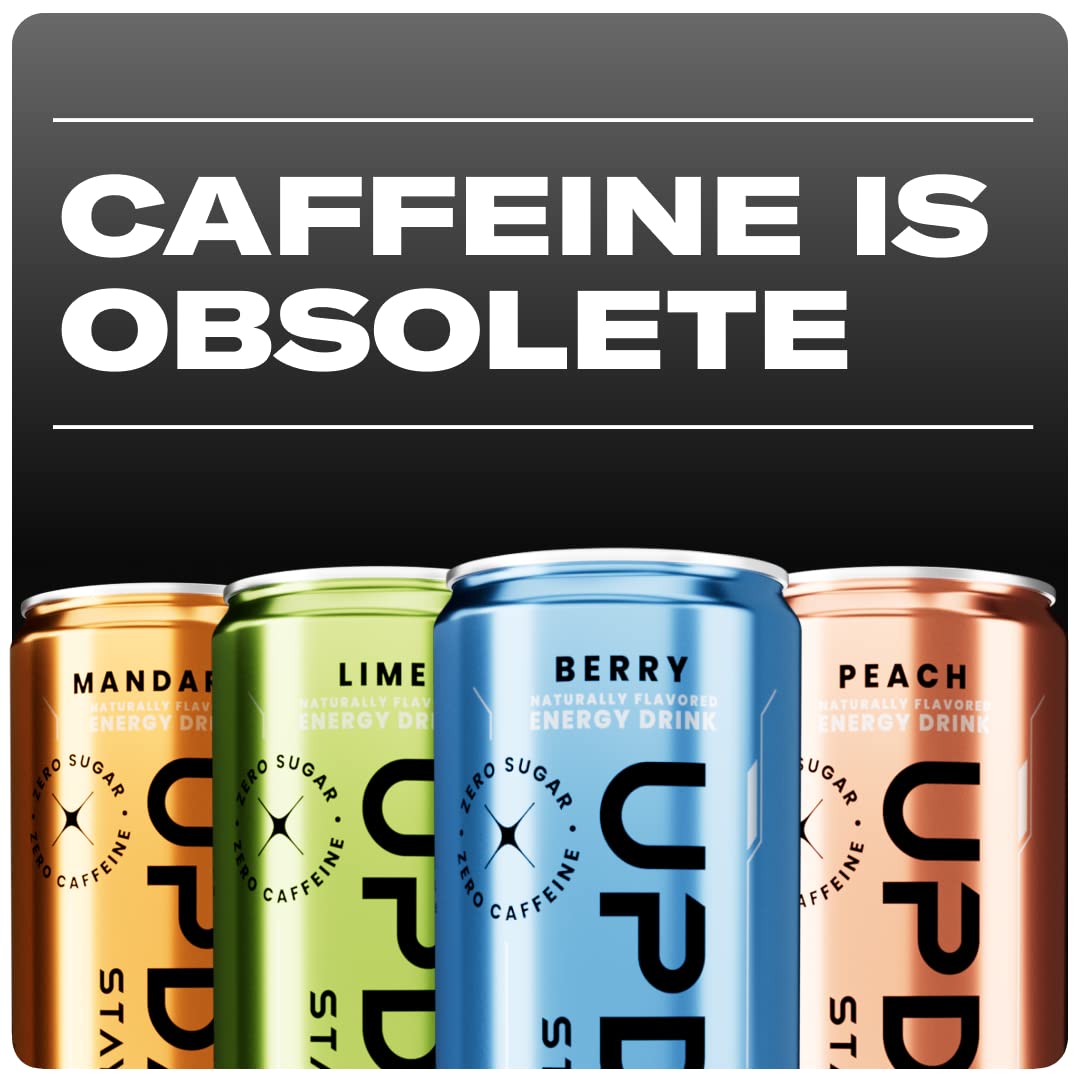


Comments and Discussion (Powered by the PricePlow Forum)